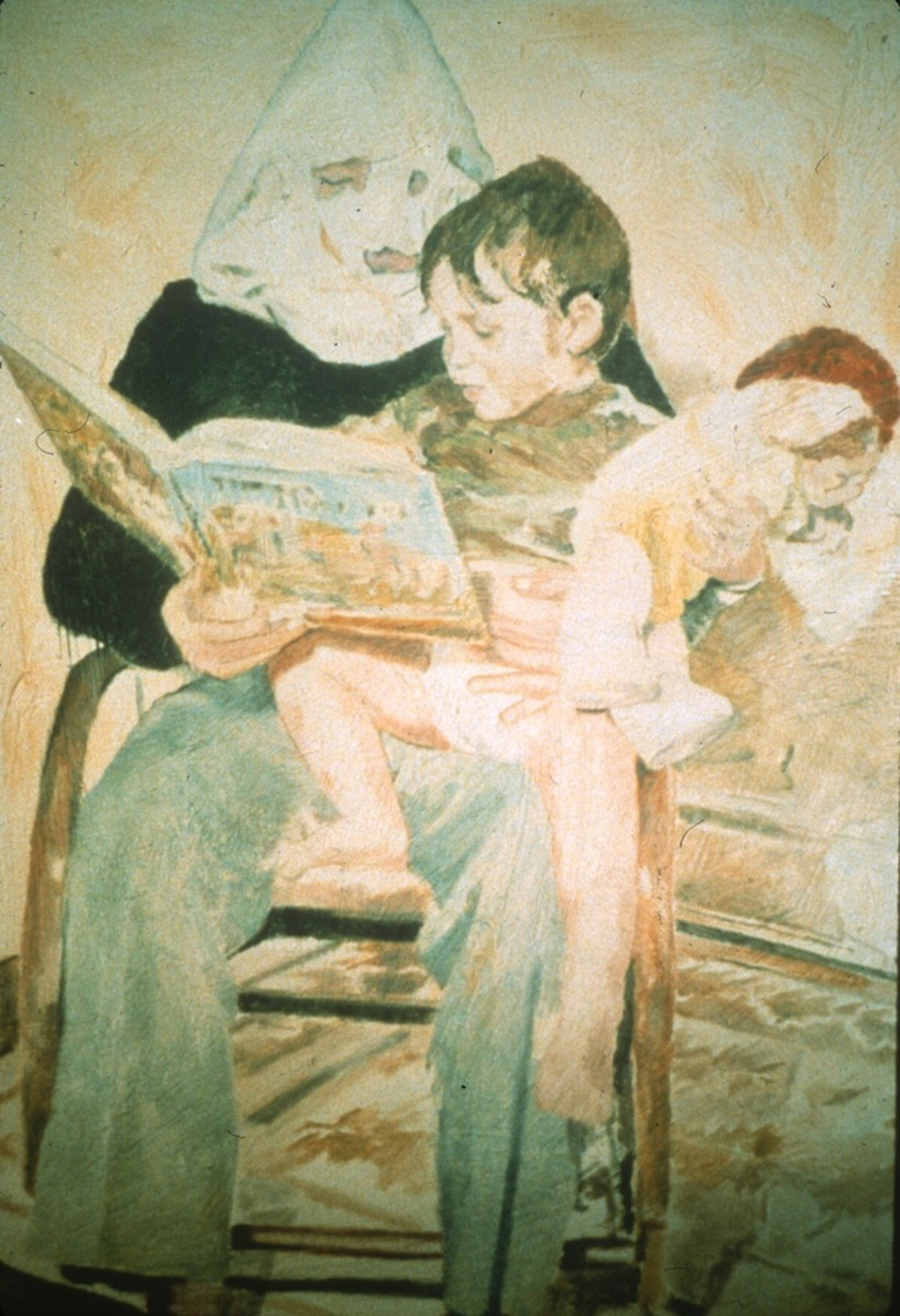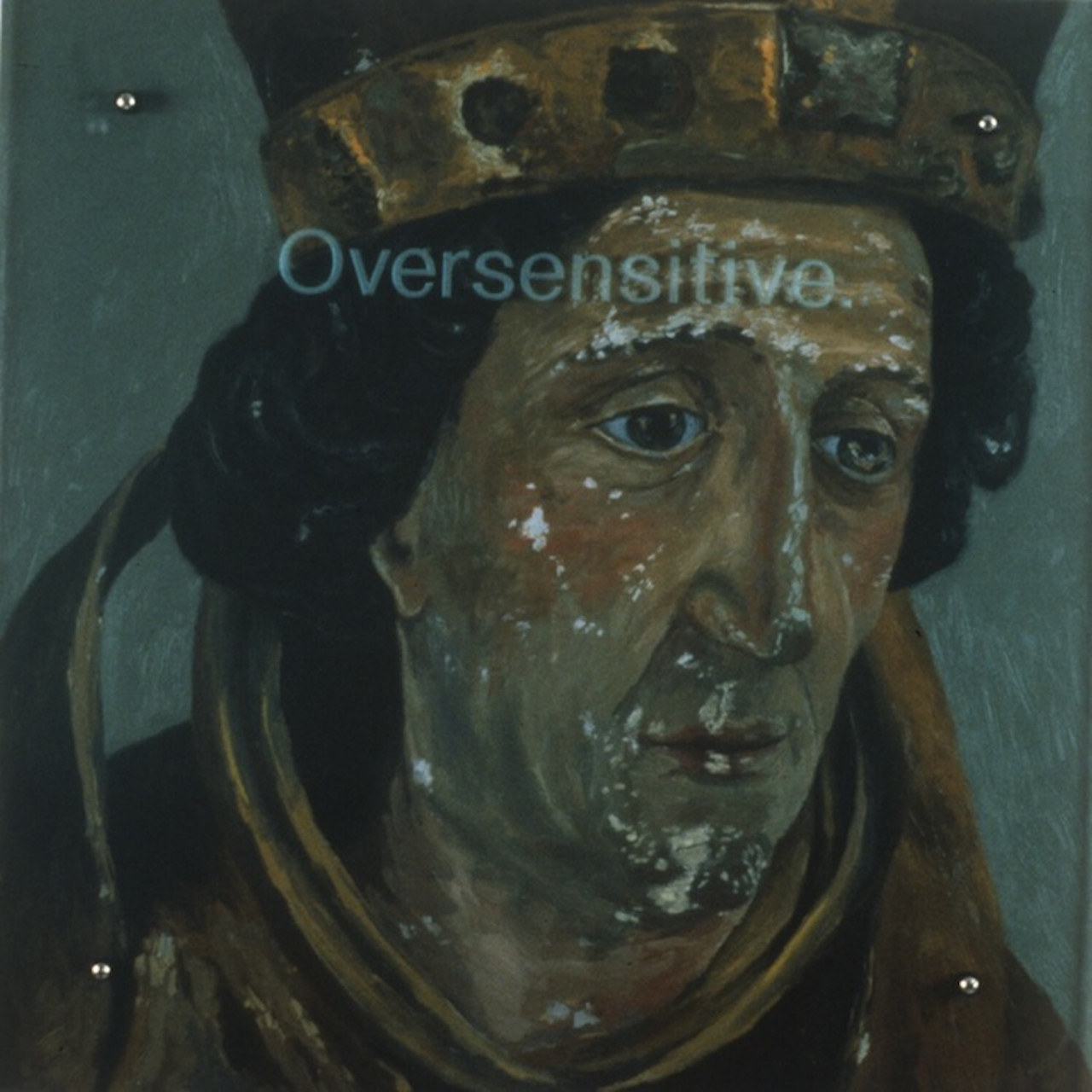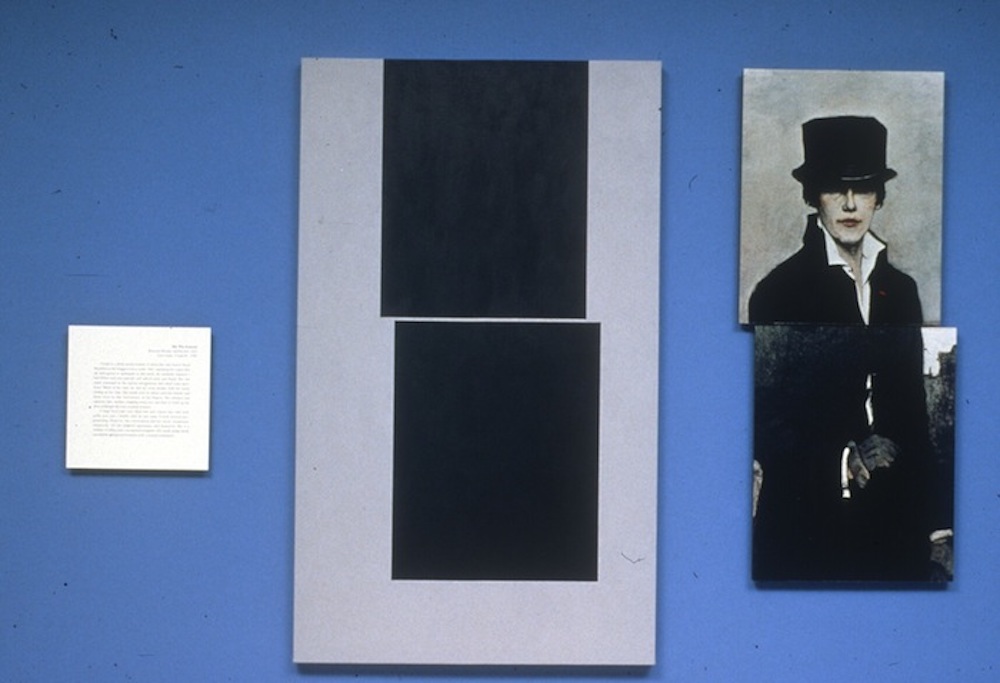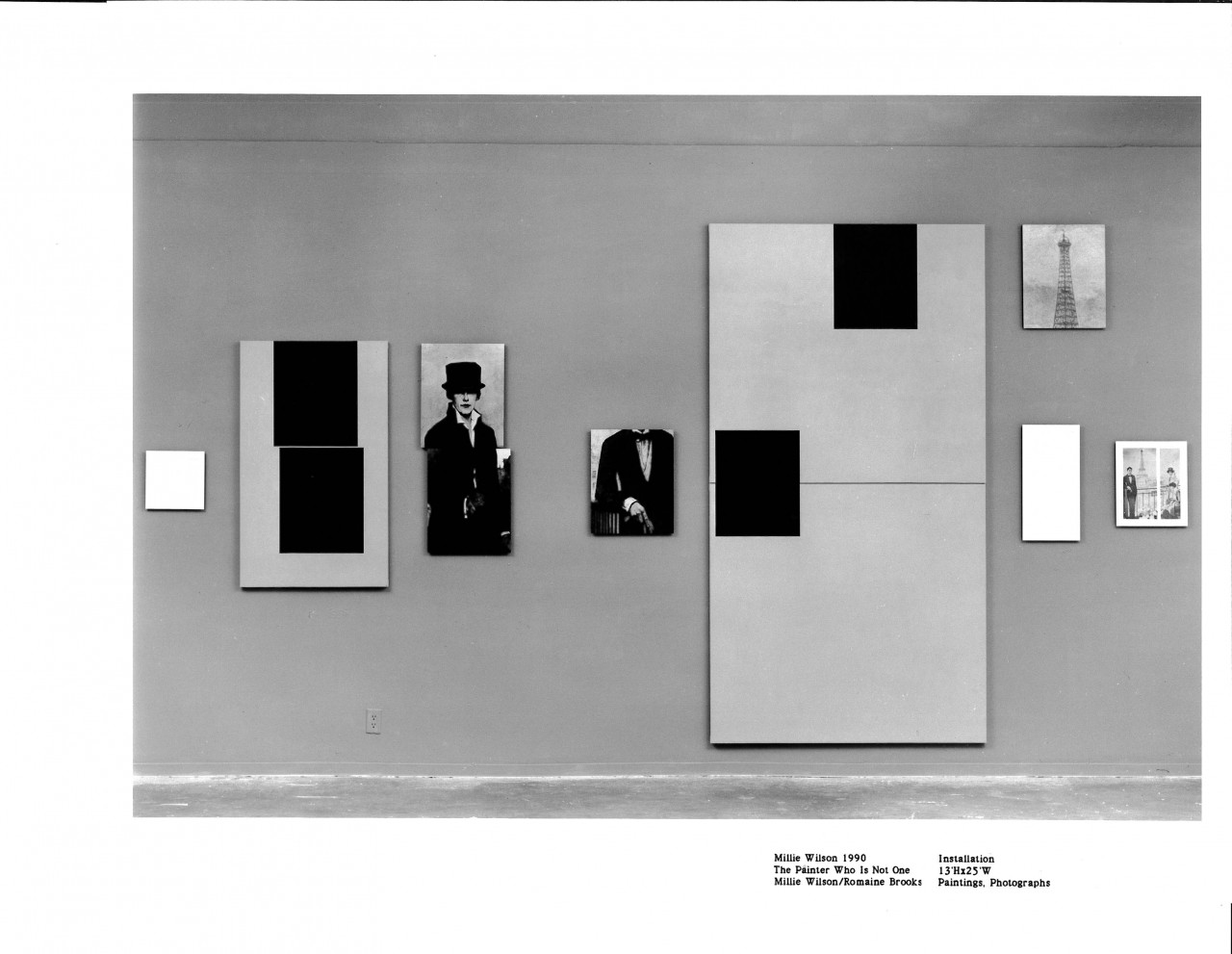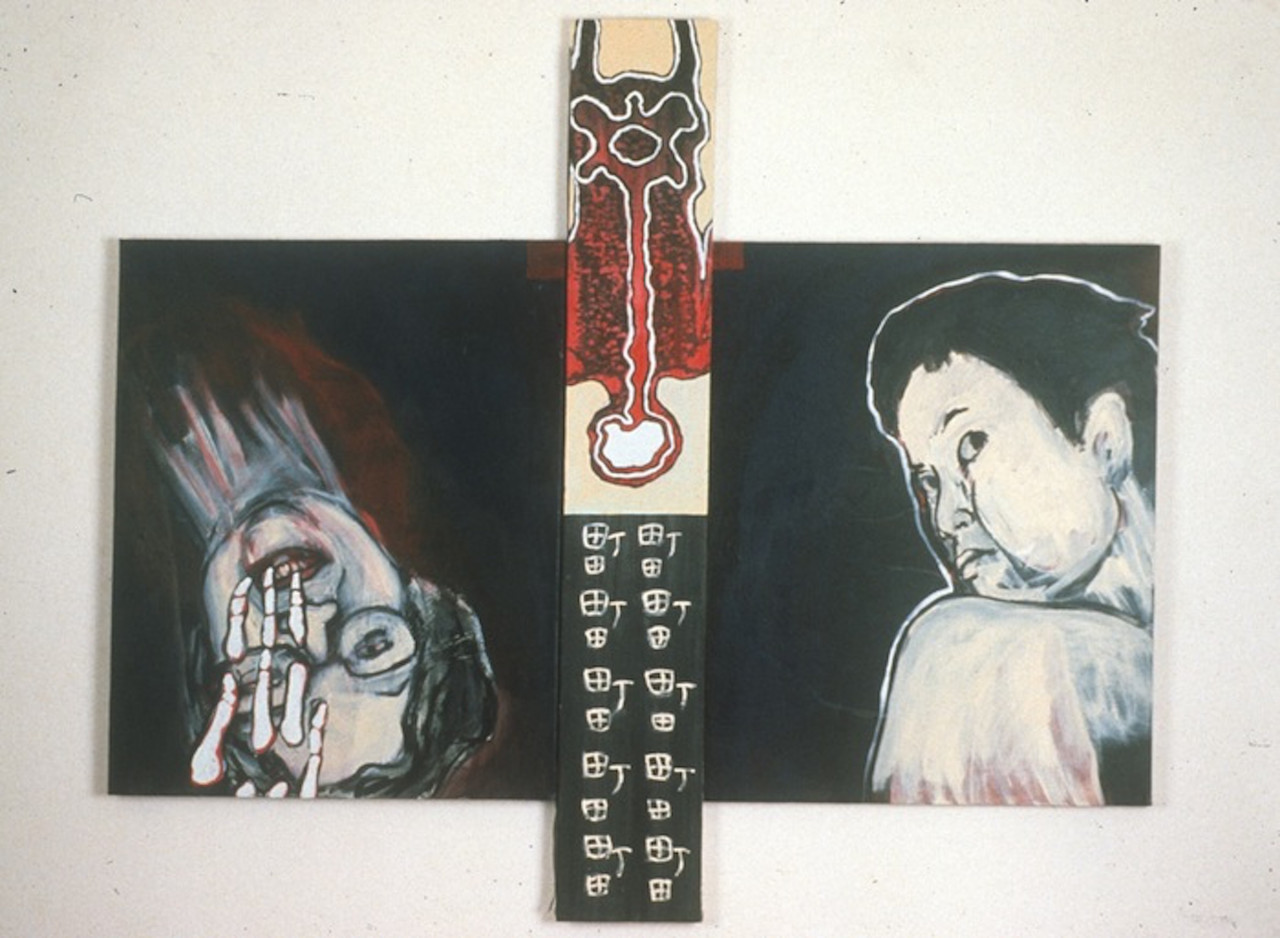Artists Space programs are made possible by: the National Endowment for the Arts, a federal agency, New York State Council on the Arts, and New York City Department of Cultural Affairs; AT&T Foundation, Inc., The David Bermant Foundation: Color, Light, Motion, The Bohen Foundation, The Cowles Charitable Trust, Geraldine R. Dodge Foundation, Foundation for Contemporary Performance Arts, Inc., Horace w. Goldsmith Foundation, The Greenwall Foundation, Jerome Foundation, The J.M. Kaplan Fund, The Dorothea L. Leonhardt Foundation, Inc., The Joe and Emily Lowe Foundation, Inc., The Robert Mapplethorpe Foundation, The Menemsha Fund, Joyce Mertz-Gilmore Foundation, Betty Parsons Foundation, The Reed Foundation, Inc., The Rockefeller Foundation, The Mark Rothko Foundation, Inc., and The Andy Warhol Foundation for the Visual Arts, Inc.; American Express Company, The Chase Manhattan Bank, N.A., Consolidated Edison Company of New York, Inc., Equitable Real Estate Group, Inc., General Atlantic Corporation, R.H. Macy and Company, Inc., Morgan Guaranty Trust Company of New York, Philip Morris Companies Inc., and U.S. Trust Company of New York; as well as Artwatch, Galleries in Support of Artists Space, Members and numerous Friends.
Artists Space is a member of the National Association of Artists Organizations (NAAO) and the National Alliance of Media Arts Centers (NAMAC).

